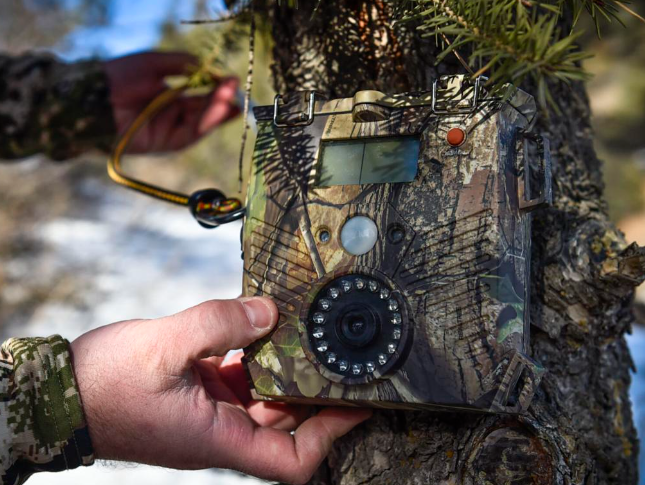Conservation of wildlife has traditionally relied on a mix of research and human actions to protect and nurture animal populations. However, recent technological progress has introduced changes to the conservation field. One significant advancement is the use of trail cameras originally designed for hunting and now serving as tools for observing wildlife behaviour and supporting conservation efforts globally.

The Evolution of Trail Cameras
Initially created for hunters to monitor animals, trail cameras have transformed into instruments for research and wildlife monitoring. These discreet devices can be found scattered across forests, meadows and remote regions.
By capturing high-quality images and videos through motion-activated cameras, as found on the Pro’s Choice website, researchers can gain insights into animal behaviours, population dynamics, habitat preferences and rare or elusive species that are difficult to observe directly in the wild.
Studying Elusive Wildlife
One challenge faced by wildlife experts is studying animals that are nocturnal or naturally secretive – making them elusive to direct observation. Many species remain hidden due to their habits of hunting or mating, primarily at night or within vegetation.
Trail cameras offer opportunities to unravel the mysteries surrounding these creatures’ behaviours and ecosystems without disturbing their routines. Observing the behaviours of predators or studying the habits of ground-dwelling birds like quails that are easily spooked by presence can offer valuable insights.
Monitoring Species Distribution Patterns
It’s important to comprehend how species are spread out not only to identify biodiversity areas but also to establish effective protected zones and implement sustainable land management strategies. By placing trail cameras in ecosystems, researchers can collect data on species abundance, diversity and interactions over large areas for extended periods.
These ongoing observations allow scientists to track movement patterns and population shifts caused by changes or human activities. With this knowledge, they can make decisions regarding conservation efforts and ensure the long-term survival of these animal populations.
Protecting Wildlife from Poaching
The illicit practice of wildlife poaching remains a threat to endangered species globally. Trail cameras have emerged as tools in combating poaching incidents by documenting wildlife crimes. Placed discreetly in locations, these hidden cameras can capture evidence of poaching activities, pinpoint hotspots for law enforcement agencies and support their efforts against poaching.
Furthermore, trail cameras can serve as deterrents by instilling fear in poachers. The knowledge of being watched by surveillance systems has an effect on human behaviour in areas where these automated guards are present.
Education and Public Awareness
In addition to their use in research and law enforcement, trail cameras also play a role in promoting engagement and understanding of conservation issues. By sharing engaging images and videos captured by these devices on platforms or signs along hiking trails or nature reserves, individuals gain insights into wildlife and ecosystem dynamics, fostering respect for the intricate balance of life around them.
The emotional connection formed between people and wildlife through these narratives can cultivate support for conservation initiatives. It encourages individuals to reflect on the impact of their actions on ecosystems or even ignites a passion to actively engage in conservation efforts.
Addressing Ethical Concerns
While trail cameras have revolutionised data collection methods in wildlife research, their usage raises questions. Striking a balance between studying animal behaviour and minimising disruptions requires scientists to consider factors such as avoiding breeding or nesting sites, respecting animal habitats by observing from a distance, and regularly inspecting equipment to prevent harm to animals (like accidental entanglement), among others.
Adhering rigorously to guidelines ensures that trail cameras serve as tools while placing the well-being of wildlife above scientific studies.
End Note
Trail cameras have proven to be crucial in conservation initiatives by providing information on the behaviour and habitat distribution of wildlife, as well as helping to combat illegal hunting. The widespread adoption of these devices enables research that would otherwise be difficult or unfeasible using methods. As technology progresses, these inconspicuous watchers will remain important in safeguarding our planet’s ecosystems for the benefit of generations.



